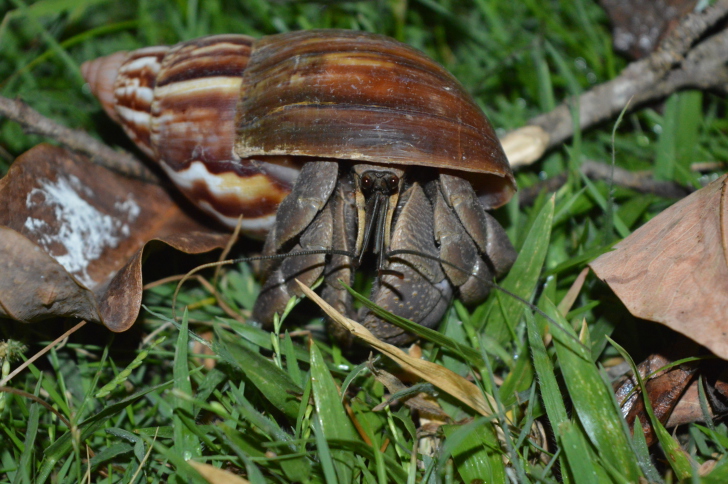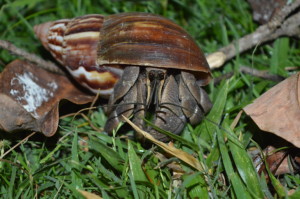

This may not be the crabgrass we are talking about, but you get the point!
How many of you love your lawn so much – that it feels like a personal attack when crabgrass rears its ugly head in your beautiful landscape? I have a friend that, at the end of last summer, got so mad at these pesky invaders, he vowed to rip each and every one out of his yard so they would never come back. A bit like opening Pandora’s box – he soon found himself with a third of his yard looking like the Sahara desert, his hands raw from weeding and his wife threatening to call the DNR. No man, woman or child needs to feel this angst, and I intend to tell you the easy reasons why Crabgrass happens, as well as the easy ways to stop crabgrass in your lawn. This one’s for you, Adam!
Why Crabgrass Happens?
- Close-mowed lawns tend to ‘open up’, allowing weeds like crabgrass to invade.
- Light, frequent watering favors crabgrass.
- Crabgrass will often invade areas seeded in late spring because of bare soil, frequent watering, and the onset of hot weather – all of which, are ideal for growth.
Stop Crabgrass in your Lawn!
Crabgrass and other annual grassy weeds can be treated through chemical and non-chemical methods.
Non-Chemical:
- Grow a dense and vigorous grass to prevent weeds from invading; i.e. over-seeding to increase grass plant density
- Lawns mowed over 2½ inches tend to have less problems with annual grassy weeds
- Core aeration and dethatching reduce compaction
- Topdressing with organic matter
- Regular and steady irrigation
Chemical:
- Pre-emergence herbicides (weed killers) prevent annual grassy weeds such as crabgrass from emerging. The timing of applying herbicides is important, as the crabgrass will germinate when soil temperatures are greater than 55 to 60F° for 7-10 consecutive days. For northern Illinois, late April to early May is best for applying a crabgrass herbicide.
- Post-emergence herbicides need to be applied when crabgrass plants are very small; typically, crabgrass is noticed too late for these to be effective.
If you follow the practices for improved lawn care above and/ or consider a pre-emergence herbicide in the spring – you have the best chance for a crabgrass free lawn. Remember, until the conditions that promote crabgrass are corrected, crabgrass and other weeds in the lawn will continue to be a threat to your sanity – just like Adam’s.
For more information on the right herbicide for you: The Illinois Commercial Landscape and Turfgrass Pest Management Handbook and Illinois Homeowners Guide to Pest Management (order through local Extension office) or online at Pubs Plus offer the latest information on various weeds and the herbicides to control them.
